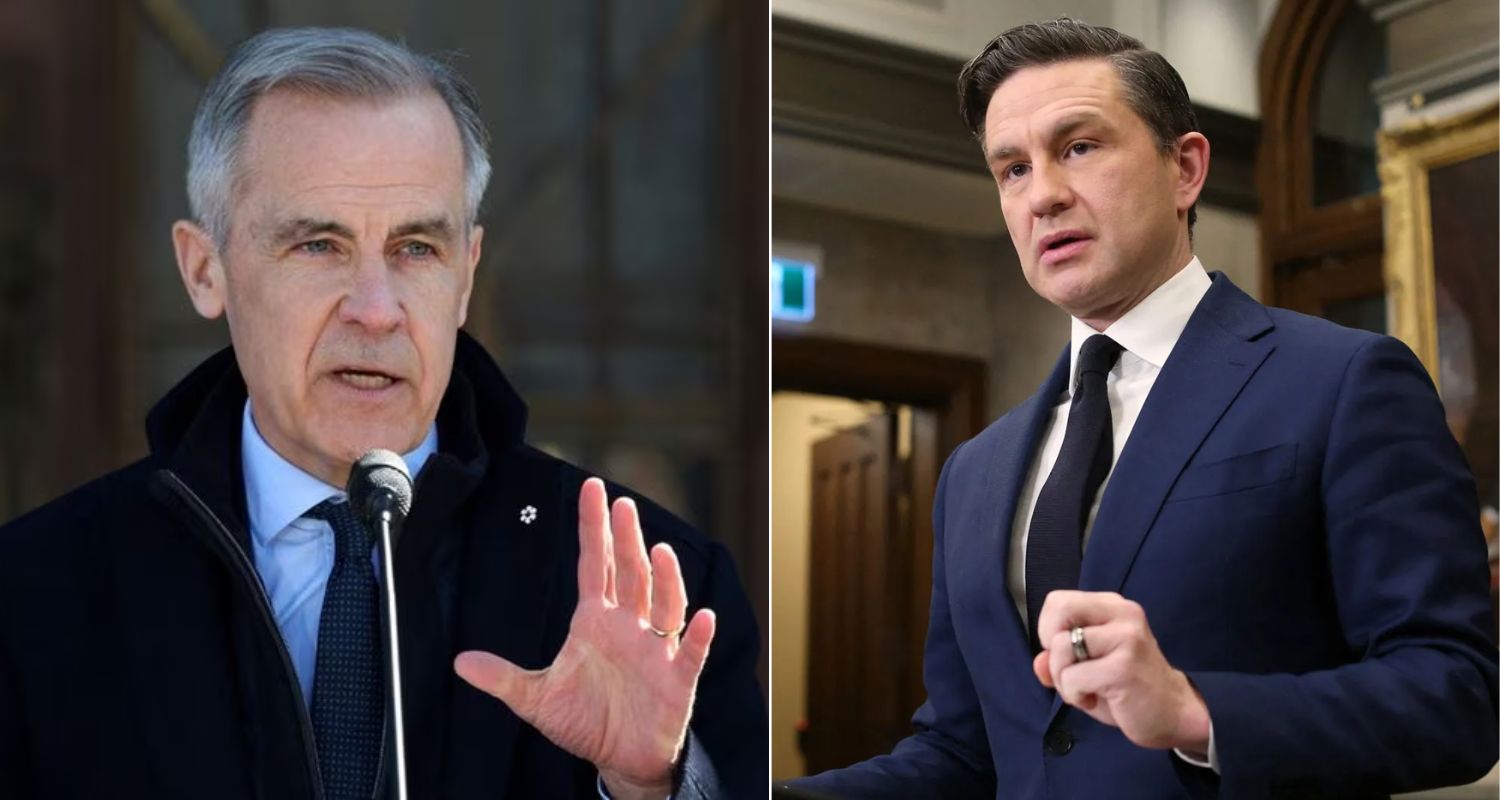Trending:
India blamed for 'polarisation' in Canada
Prime Minister Modi is presented and projected as a “divisive” figure by a section of the Canadian media.News Arena Network - Chandigarh - UPDATED: March 27, 2025, 08:47 PM - 2 min read

India's Prime Minister Narendra Modi - file image.
Three time Liberal Party MP in Canada, Chander Arya has been denied nomination by his party for visiting India and meeting Prime Minister Narendra Modi. Now the Prime Minister Mark Carney will be the Liberal Party candidate from the Nepean riding in the Ottawa outskirts. Arya has alleged that he was removed from the leadership race and the Nepean nomination as he has been quite outspoken against Liberal Party’s outright support to the Khalistan movement in Canada.
Dropping Arya, a vocal voice of the Liberal Party, is part of a series of actions by the party to suggest and convey a particular message to a particular section of the electorate there. Only a few days ago, the Conservative Party Leader Pierre Poilievre was accused of having been supported by India, which by implication meant Prime Minister Narendra Modi, to become the party leader in 2022. This report was obviously done at the behest of the Liberal Party, which till recent past was badly trailing behind the Conservatives ahead of the federal elections scheduled on April 28.
Prime Minister Modi is presented and projected as a “divisive” figure by a section of the Canadian media. A sustained campaign, promoted and supported by the Liberal Party is being run where Prime Minister Modi’s government is projected as being “anti-minority”; against the Muslims and the Sikhs, two prominent minority communities in India.
Also read: Liberals malign Poilievre over India's support
While the pro-Khalistan elements enjoyed a dominant say in the Liberal Party during Justin Trudeau’s leadership, it helped the party to get a majority of the Sikh votes. Now, the Liberal Party also wants to strengthen its support base among the Muslim voters, a large section of whom are from South Asian countries like India, Pakistan and Bangladesh.
There are about two per cent Sikhs and five per cent Muslims living in Canada. The Liberal Party aims at specifically targeting this percentage of population by taking a clear position against India and the Indian Prime Minister Modi. While the Liberal Party has already recovered from its earlier position where it was badly trailing behind the Conservative Party, after Donald Trump imposed tariffs on Canadian products, the party wants to further consolidate its position among those sections of voters who are clearly seen as against Modi.

Removal of three time Nepean MP Chander Arya, just over meeting the Indian Prime Minister, is seen as an attempt by the Liberal Party to polarise a particular section of voters and consolidate its position as, the “seven per cent” population which gets polarised in Prime Minister Modi’s name is quite significant.
The Liberal Party’s problem is not only the challenge from the Conservative Party, but also the New Democratic Party led by Jagmeet Singh, a turbaned Sikh. While the Liberal Party’s support to the Khalistani elements is mostly subtle and not so obvious, the NDP leader openly supports Khalistani cause. That makes the Khalistani supporters more inclined towards the NDP over the Liberal Party. Besides, the leader of the NDP being a Sikh himself, makes it more attractive for the Sikh voters.
Only option left with the Liberal Party to win over the Sikh votes is to outdo the NDP in its approach towards Khalistan and India. It has found a way by denouncing India in such rabid terms. It started when former Prime Minister Justin Trudeau blamed the Indian government for the murder of a pro-Khalistan Sikh activist Hardeep Nijjer on Canadian soil. The Canadian government has still not been able to furnish any evidence. The allegations were made only to appease the particular section of the voters and wean them away from the NDP.
As the federal elections in Canada draw closer, as exactly one more month is left, there will be more charges and allegations about “Indian” interference in the Canadian elections. Not that it matters to the native Canadian population, but it does have an impact for the immigration population from South Asian origin.
Although the Liberal Party appears to have carefully crafted the narrative of “Indian interference” and linking Conservative leader Poilievre with Modi, this has also a potential to boomerang. There are about 3 per cent Hindu voters also in Canada, who till now did not have any such problem with the Liberal Party. Once there is polarisation of one section of population towards the Liberal Party and that too on “an anti-India and anti-Modi plank”, there is high likelihood of this section of population gravitating towards the Conservative Party en masse.
As far as “Indian interference” in the Canadian elections goes, there is already an American precedent when Prime Minister Modi addressed a massive gathering of Indian diaspora in Houston in support of Donald Trump in the run up to the 2020 US Presidential Elections, which Trump lost. However, Modi did not openly support or campaign for Trump this time.
The allegations of “interfering” in another country’s elections really do not matter much for India or the Prime Minister Modi. It rather raises the stature of the country in the eyes of the public that the country has grown so powerful that it can really interfere and influence elections in other countries. It will be another “proverbial” feather in Modi’s cap.
